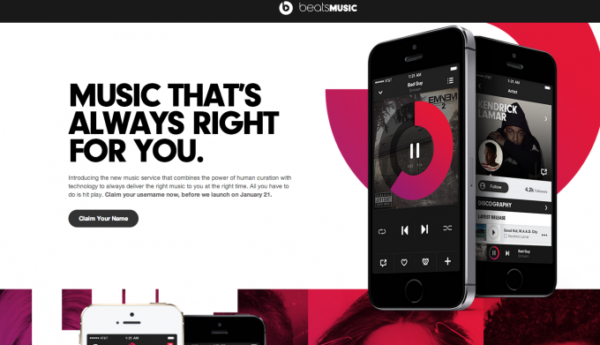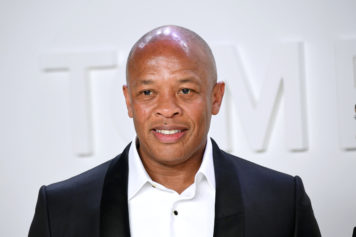
The move by Beats into the streaming market has been long anticipated. In 2012, Beats Electronics bought the music subscription service Mog, with executives stating their intention to build an “end-to-end” music service. From a features standpoint, Beats Music doesn’t appear to offer much that’s new. Users who know exactly what they want to hear can choose from the same 20 million song catalog that competing services have licensed from the major record labels. You can download tracks for offline listening, and like other paid subscription offerings, there are no ads to interrupt the music. The Beats Music mobile app will work with iOS, Android and Windows Phone devices.
Beats’ path to success relies, not so much on peeling off customers from existing services with the lure of better features, as much as growing the entire streaming market by a significant margin. With music download sales declining for the first time since the launch of iTunes, the music industry has ample motivation to see streaming service expand beyond its tech-savvy, largely male demographic. And the Beats Music paid-only model is thought to mean higher royalties for the record companies, though no one is divulging licensing terms. Targeting a mainstream audience is an obvious move. The key question is whether that audience is willing to pay $10 a month. Of course, back in 2008, no one thought people would pay $200 for headphones to plug into their phones.


